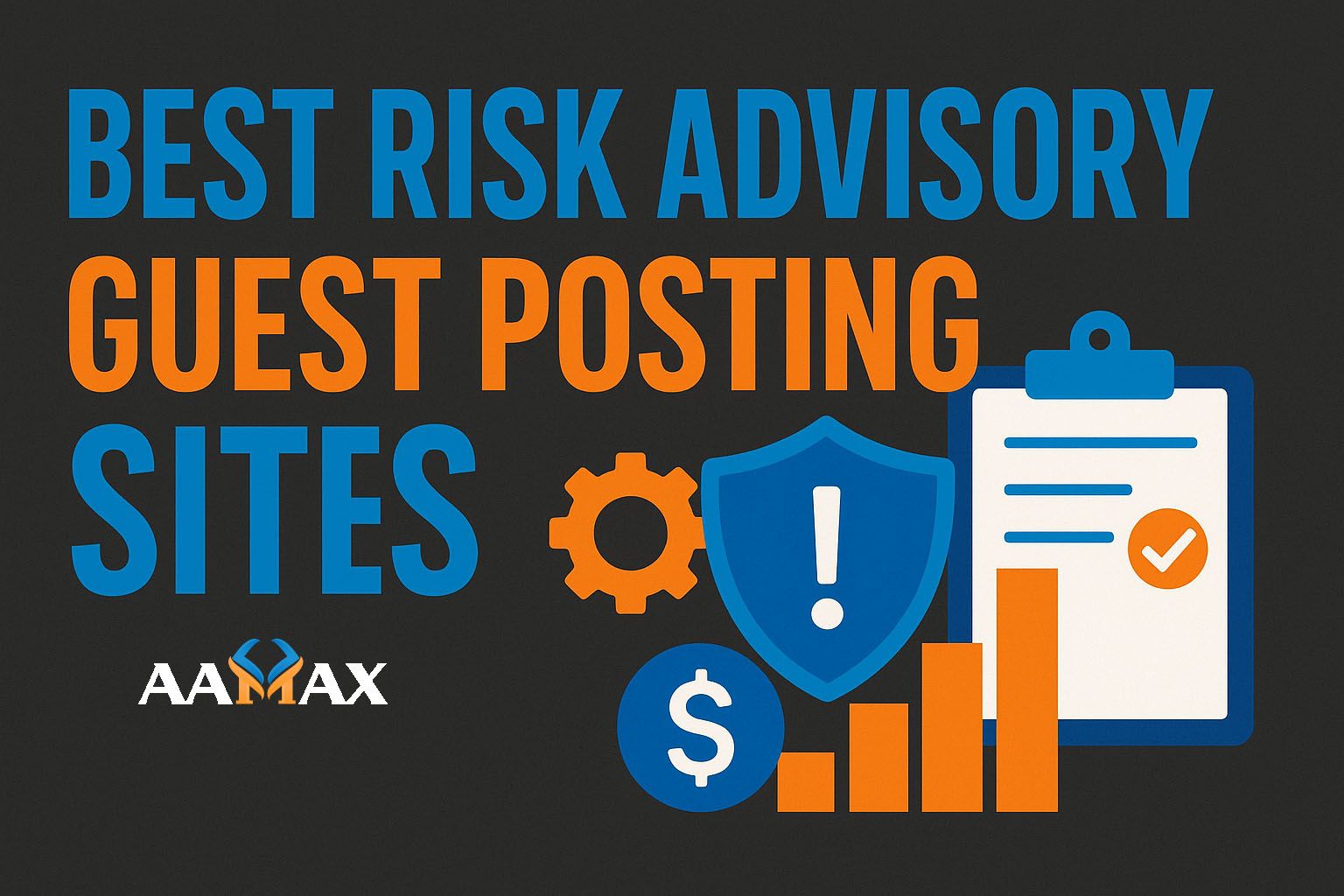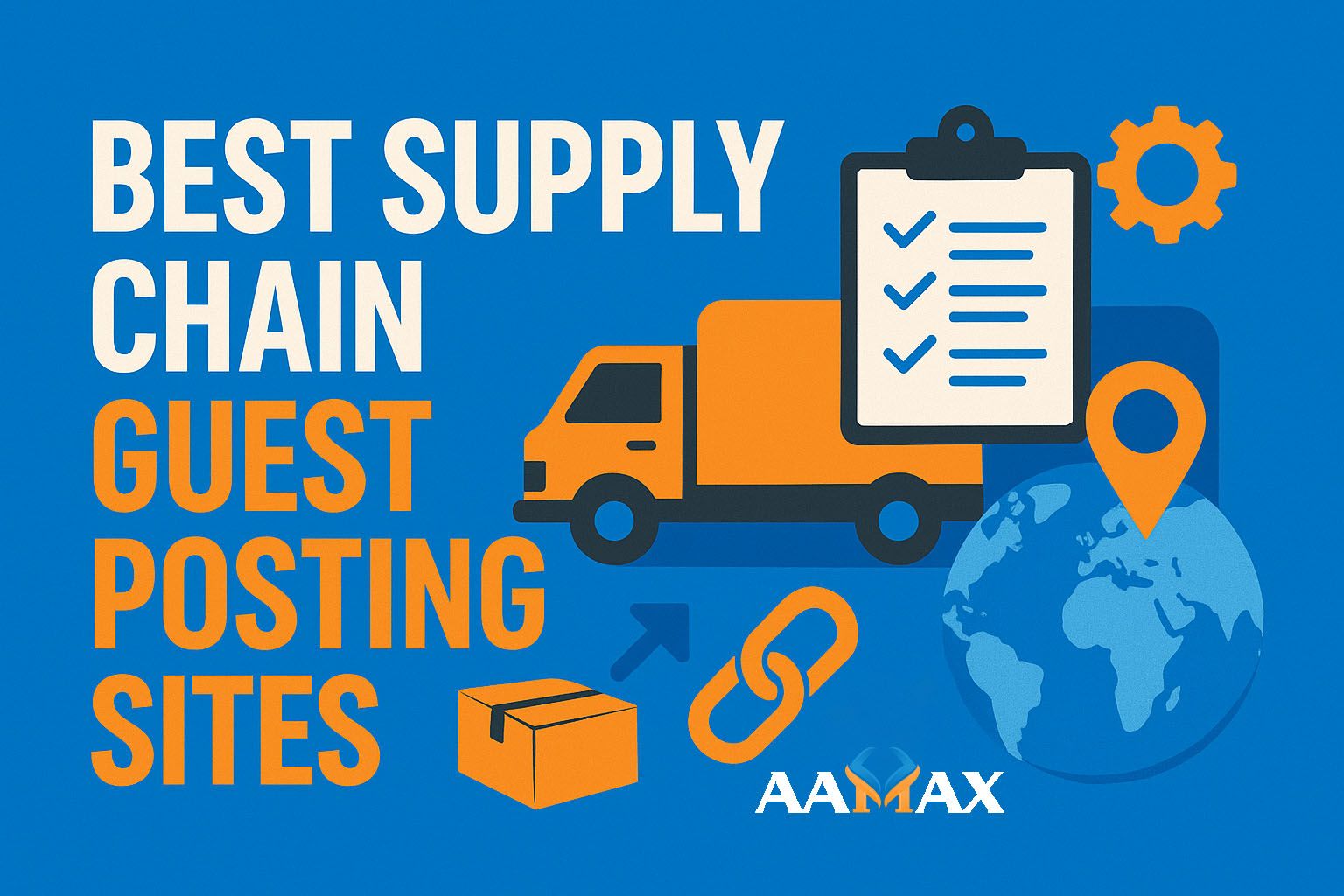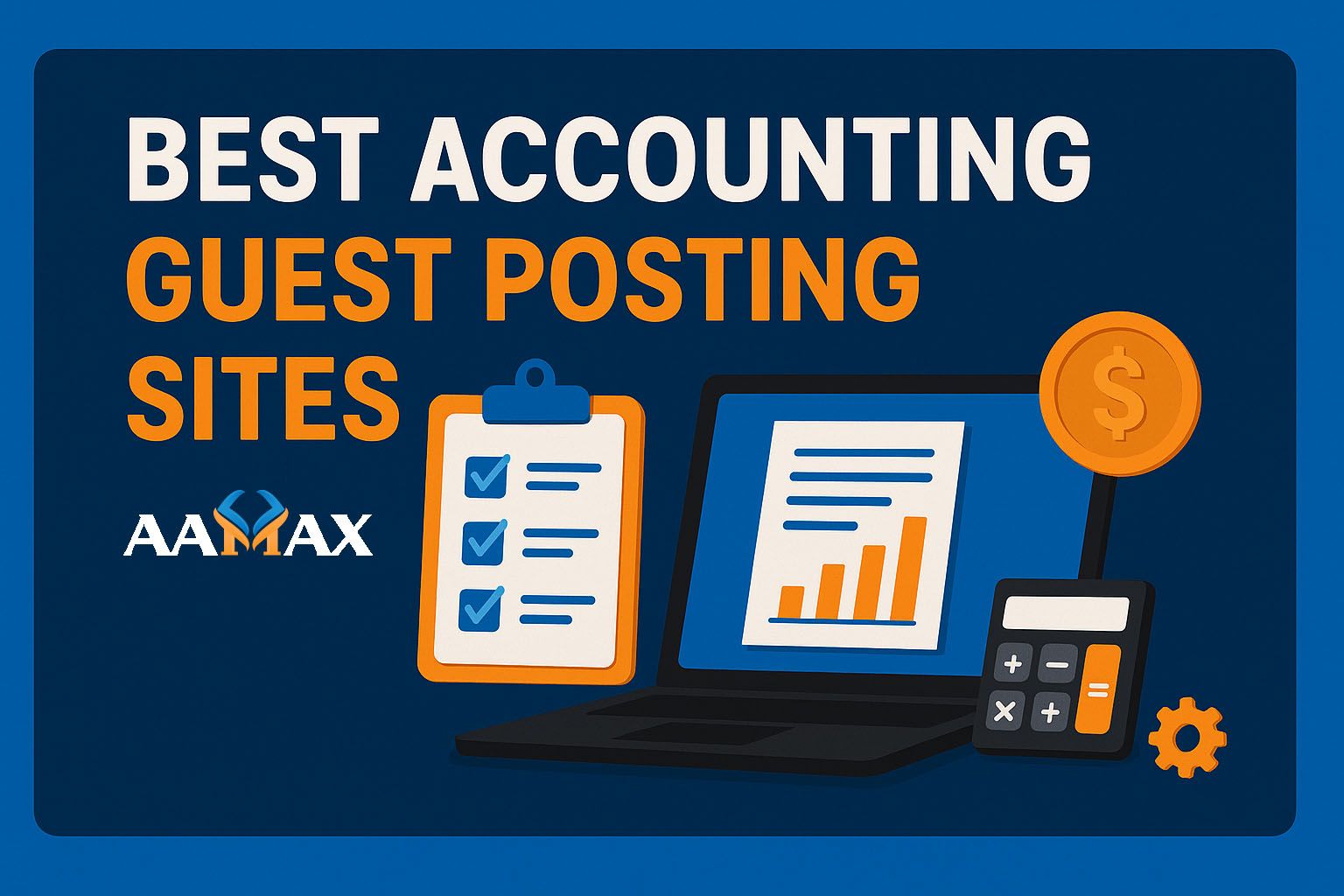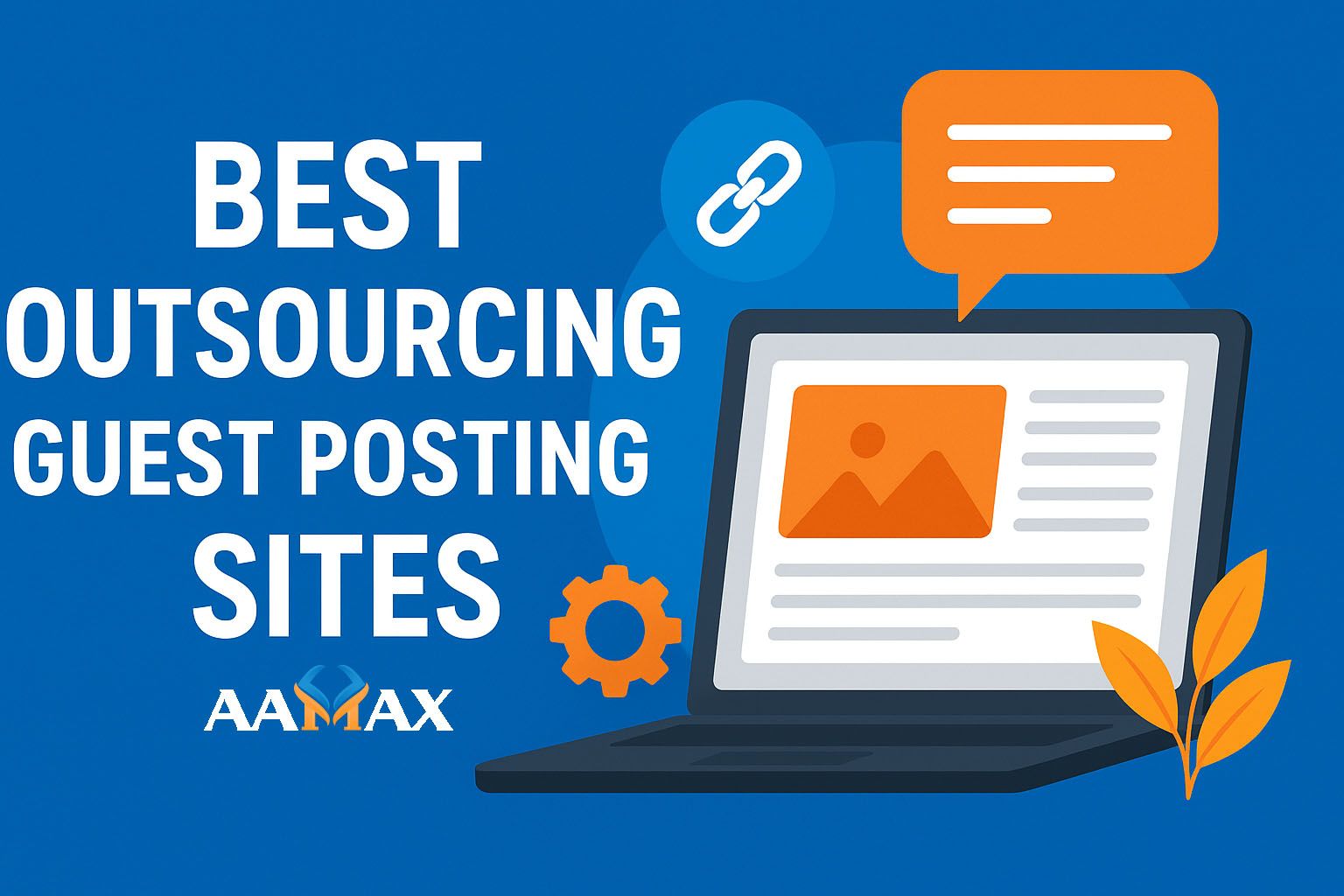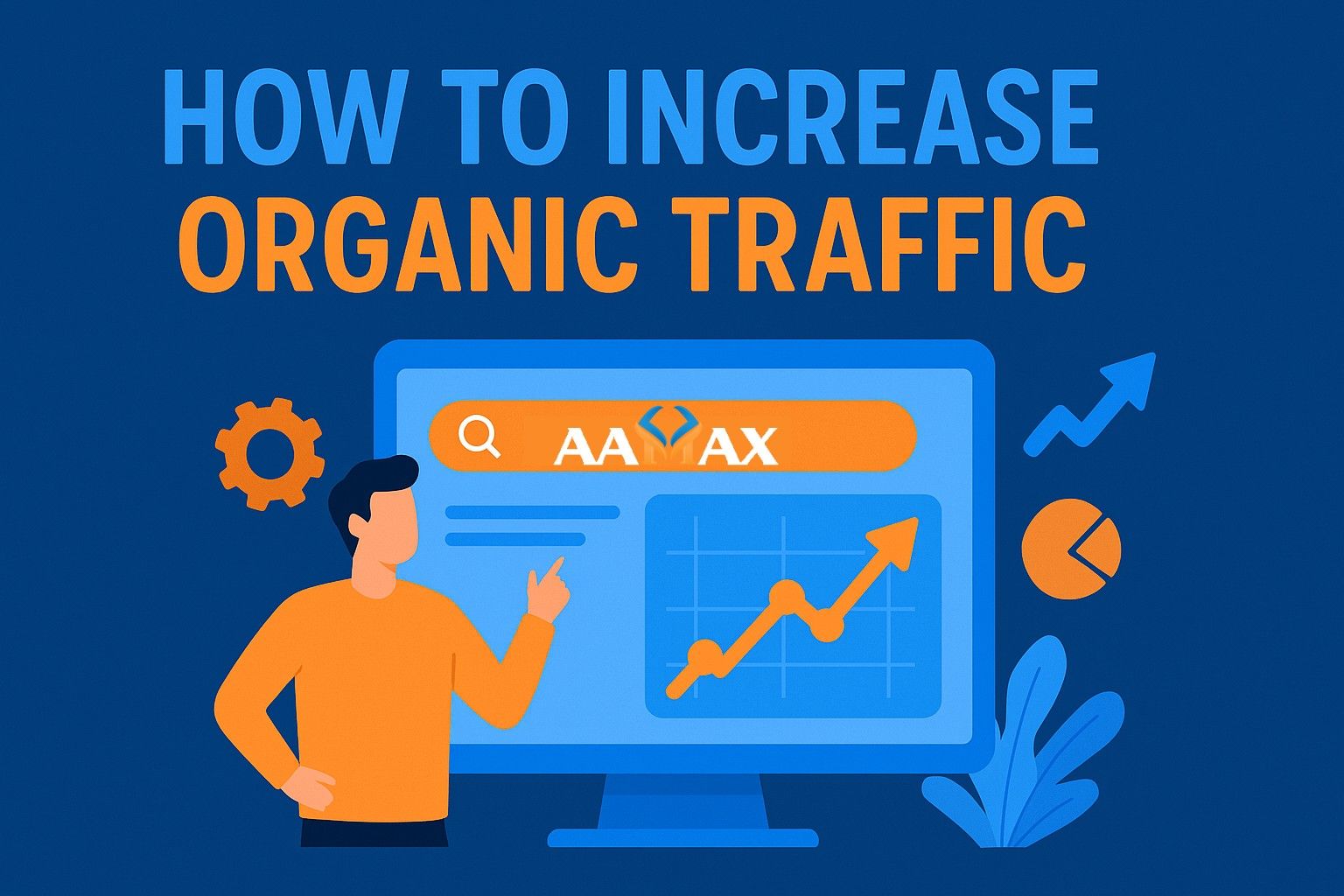
How to Increase Organic Traffic
Organic traffic is the lifeblood of a successful online presence. Unlike paid advertising, organic traffic comes from people who find your website naturally through search engines, social media, and other unpaid channels. It’s sustainable, cost-effective in the long run, and often leads to higher-quality leads because these visitors are actively searching for information, products, or services you offer.
In this comprehensive guide, we’ll explore the most effective strategies to boost your organic traffic, improve your rankings, and ensure your website becomes a trusted source of information in your niche.
What is Organic Traffic?
Organic traffic refers to visitors who land on your website through unpaid search results. This usually comes from search engines like Google, Bing, or Yahoo. When a user types a query and clicks on a result that is not an advertisement, that visit is considered organic.
The primary goal of search engine optimization (SEO) is to increase organic traffic by improving the visibility of your web pages in search results.
Why Organic Traffic Matters
-
Cost-Effective in the Long Run
While paid ads stop bringing visitors once you stop paying, organic traffic continues to flow if your content ranks well. -
Builds Trust and Credibility
Ranking high in search results signals to users that your website is a reliable source of information. -
Better Quality Leads
Organic visitors are often more engaged because they are actively looking for what you offer. -
Sustainable Growth
Organic SEO compounds over time, making your website stronger and more visible with consistent effort.
1. Conduct Comprehensive Keyword Research
Keyword research is the foundation of any successful SEO strategy. Without knowing what your audience is searching for, you can’t create content that targets the right terms.
How to do keyword research effectively:
- Use tools like Google Keyword Planner, Ahrefs, or SEMrush.
- Focus on long-tail keywords that have lower competition but high intent.
- Look at competitors’ keywords to identify opportunities.
- Balance between search volume and ranking difficulty.
Example: Instead of targeting a broad keyword like "shoes," aim for "best running shoes for flat feet."
2. Optimize On-Page SEO
On-page SEO ensures that your web pages are structured in a way that search engines understand.
Key on-page optimization elements:
- Title Tags: Include your main keyword and make it compelling.
- Meta Descriptions: Summarize your page in under 160 characters.
- Header Tags (H1, H2, H3): Organize content and include keywords naturally.
- URL Structure: Keep it short, descriptive, and keyword-rich.
- Image Optimization: Use descriptive file names and alt tags.
- Internal Linking: Link to other relevant pages on your site to help search engines crawl efficiently.
3. Create High-Quality, Relevant Content
Search engines prioritize content that’s useful, relevant, and authoritative. This means producing content that answers user queries and keeps them engaged.
Tips for creating high-quality content:
- Understand your audience’s pain points.
- Create in-depth articles that thoroughly cover topics.
- Use a mix of text, images, videos, and infographics.
- Regularly update old content to keep it fresh.
Content that solves a problem tends to perform best in search engines.
4. Build High-Quality Backlinks
Backlinks remain one of the most important ranking factors. They act as “votes” from other websites, signaling to search engines that your site is trustworthy.
How to get quality backlinks:
- Guest post on reputable websites.
- Create link-worthy content such as research reports, infographics, or case studies.
- Reach out to bloggers and journalists.
- Get listed in relevant online directories.
- Monitor your backlinks using tools like Ahrefs.
5. Improve Website Speed and Technical SEO
A slow website can harm your rankings and increase bounce rates. Google considers page speed a ranking factor, especially for mobile searches.
Technical SEO checklist:
- Use Google PageSpeed Insights to analyze performance.
- Compress images without losing quality.
- Minimize HTTP requests.
- Use a content delivery network (CDN).
- Ensure mobile-friendliness.
- Implement HTTPS for security.
6. Leverage Content Marketing and Blogging
Blogging is a powerful tool for driving organic traffic. It allows you to target a wide range of keywords and establish authority in your industry.
Best blogging practices:
- Post consistently.
- Write evergreen content that remains relevant over time.
- Use engaging headlines to increase click-through rates.
- Promote your blog posts through social media and email marketing.
7. Use Social Media to Boost Reach
While social media traffic isn’t “organic search traffic” in the strict sense, social signals can help your SEO indirectly. The more your content is shared, the more likely it is to attract backlinks.
Effective social media tactics:
- Share your content across all major platforms.
- Use relevant hashtags.
- Engage with your audience through comments and messages.
- Collaborate with influencers in your niche.
8. Focus on User Experience (UX)
Google wants to rank websites that provide a great experience for users. If visitors enjoy your site, they’ll stay longer — sending positive signals to search engines.
UX improvement tips:
- Use clear navigation.
- Ensure fast loading times.
- Make your design mobile-friendly.
- Avoid intrusive pop-ups.
- Use readable fonts and adequate spacing.
9. Optimize for Voice Search
With the rise of voice assistants like Alexa, Siri, and Google Assistant, optimizing for voice queries can help you reach more users.
How to optimize for voice search:
- Target natural, conversational keywords.
- Answer specific questions directly.
- Optimize for featured snippets.
- Use structured data markup.
10. Update and Repurpose Existing Content
Don’t let old content go to waste. Updating it can give it a fresh boost in rankings.
Steps to update content:
- Add new statistics or research.
- Improve formatting for readability.
- Include additional internal links.
- Optimize for new relevant keywords.
You can also repurpose content into different formats — blog posts into videos, podcasts, or infographics.
11. Monitor Your Performance
You can’t improve what you don’t measure. Use analytics tools to track your progress and adjust strategies accordingly.
Useful tools:
- Google Analytics: Monitor traffic, bounce rate, and conversions.
- Google Search Console: Track keyword rankings and indexing issues.
- Ahrefs / SEMrush: Analyze backlinks and keyword performance.
12. Patience and Consistency are Key
One of the most important things to remember about increasing organic traffic is that it doesn’t happen overnight. SEO is a long-term investment that requires consistent effort.
Real-World Case Study: Organic Traffic Growth in Action
A small e-commerce store selling eco-friendly home products implemented a comprehensive SEO strategy, including keyword research, content creation, and link building. In just 6 months:
- Organic traffic increased by 75%.
- Conversion rates improved by 20%.
- Revenue grew by 40% from organic sources.
This success came from consistent optimization, high-quality content, and a focus on user experience.
Final Thoughts
Increasing organic traffic is about providing value, optimizing your site for search engines, and continuously improving your content. It’s a process that rewards those who are patient, strategic, and committed.
If you want expert help to improve your website traffic, consider working with AAMAX, a full-service digital marketing company offering web development, digital marketing, and SEO services. With the right strategies and professional support, you can grow your organic traffic and turn visitors into loyal customers.

